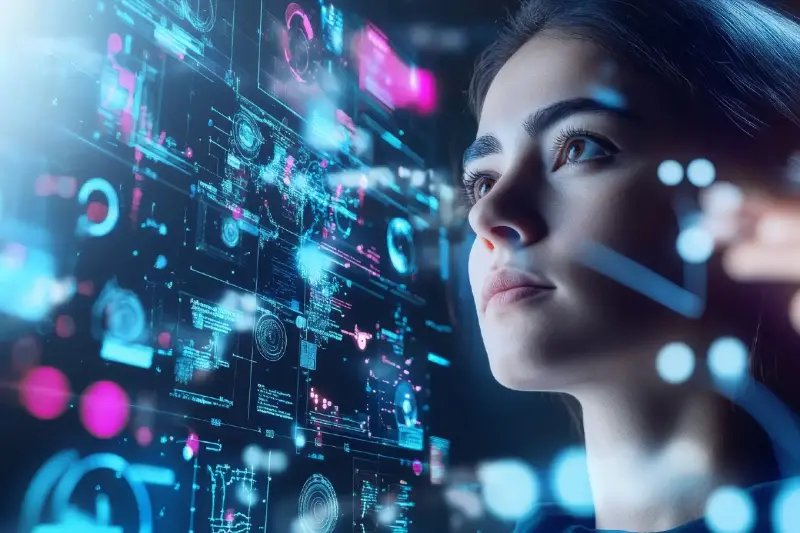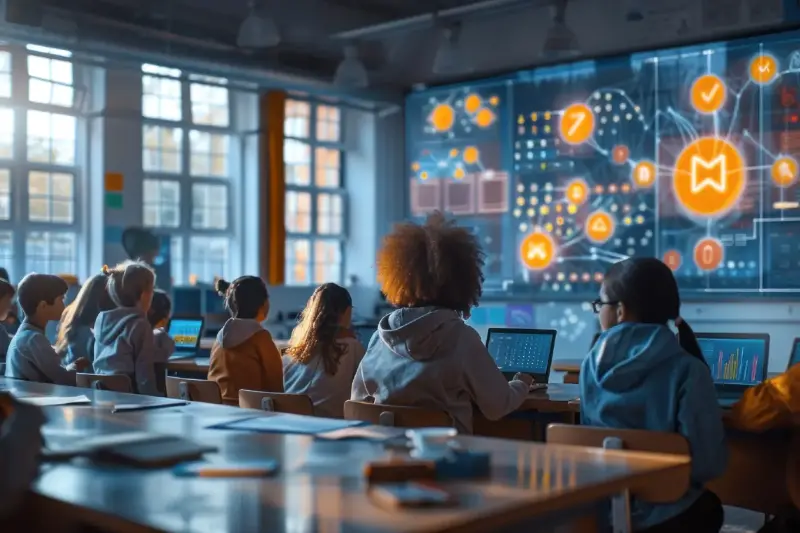AI and Coding Make the Curriculum Mainstream

In schools worldwide, the buzz around artificial intelligence (AI) and coding isn’t just hype—it’s rapidly becoming the new norm. Once regarded as fringe or “future” topics, both subjects have now landed at the very heart of educational reform. The reason is simple: the digital revolution is transforming how we live, work, and think. Educators and policymakers have recognised that preparing young people for the jobs of tomorrow means giving them the skills to both understand and create with technology today.
In the United Kingdom, programmes like the “National Curriculum in Computing” have placed coding into the classroom from as early as age five. Across Europe, similar shifts mean pupils are not only learning to code but also exploring the ethical and practical implications of AI—right alongside maths and science. In Singapore and China, students as young as six encounter lessons on algorithms and robotics, making these skills as fundamental as reading or writing.
These changes mark a profound shift in thinking: every student, regardless of background, deserves the chance to be a creator, not just a consumer, in this digital age.
Why Are AI and Coding Essential for the Next Generation?
Technology is now woven into every fabric of modern life. But why make AI and coding compulsory subjects?
- Critical thinking: Coding teaches logic, reasoning, and problem-solving, empowering students to tackle complex challenges systematically.
- Creativity unleashed: Whether designing video games or building smart apps, coding sparks the imagination, giving pupils the power to create their worlds.
- Understanding AI’s reach: From voice assistants to self-driving cars, AI is everywhere. By grasping the basics, students learn to question how these systems work—and how they should work ethically.
Imagine being able to spot bias in a computer programme or design an app to help your local community. Schools aren’t just training future programmers; they’re nurturing responsible, imaginative citizens.
What Do Lessons Look Like in Practice?
Classrooms are abuzz with creativity and collaboration, often unlike the traditional lecture-based learning of old. Lessons can include:
- Building and coding robots: Students programme miniature robots to navigate mazes, simulate rescue missions, or even dance to music.
- AI project-based learning: Learners train a simple AI model to recognise handwritten numbers or classify animals, gaining insight into machine learning.
- Real-world problem solving: Teams work to tackle issues like climate change or accessibility, applying AI and coding to propose tech-based solutions.
- Ethics debates: Class discussions grapple with questions like, “Should AI be trusted with medical decisions?” and “How might automation affect our jobs?”
The best classrooms blend playfulness with purpose, ensuring every lesson feels relevant and meaningful.

Challenges and the Road Ahead
Despite the progress, there are obstacles. Not every school has equal access to computers or qualified teachers. Rapidly changing technology means constant retraining, and not all parents or educators feel confident guiding young learners through these new subjects.
To tackle these issues, governments and education charities are:
- Providing free teacher training and resources
- Rolling out coding clubs and workshops in underserved areas
- Encouraging industry partnerships, so students get hands-on experience with real companies
The hope is that, by investing at every level, the digital divide can shrink—rather than grow wider.
As AI and coding become core parts of the curriculum, one question lingers: will today’s students outpace the technologies they’re learning, or will they always be catching up? The future of education is racing forward, but the real story will be written by young minds equipped not just with technical know-how but with the curiosity and courage to shape the world as it changes. What might they imagine and create next? Only time, and perhaps their own inventions, will tell.
